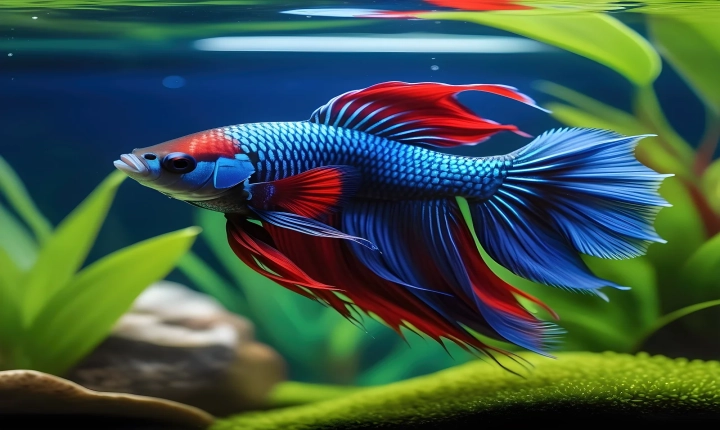Artificial Intelligence (AI) has revolutionized the way we create and consume art. With advanced algorithms and machine learning techniques, AI can now generate stunning and unique pieces of art, ranging from paintings and sculptures to music and literature. In this article, we will explore how to use AI to generate art and the potential impact it could have on the creative industry.
One of the most popular applications of AI in art generation is the use of Generative Adversarial Networks (GANs). GANs are a type of neural network architecture that consists of two competing networks – a generator and a discriminator. The generator creates new art pieces, while the discriminator evaluates the generated art against real art, pushing the generator to improve its output. This adversarial process leads to the creation of highly realistic and visually appealing art.
To use GANs for art generation, one can either train their own model with a dataset of art pieces or use pre-trained models available in the open-source community. Tools like Runway ML and DeepArt allow artists to experiment with GANs and create their own art pieces without a deep understanding of the underlying algorithms.
Another approach to AI art generation is style transfer, which involves applying the visual style of one image to another. This technique leverages convolutional neural networks to analyze the style and content of two images, and then combines them to produce a new artistic synthesis. Artists can use tools like DeepArt and Prisma to apply famous art styles to their own images, creating unique and visually appealing compositions.
AI has also been used to generate music and literature. Companies like OpenAI and AIVA have developed AI systems that can compose music in various genres and styles, providing artists with new inspirations and compositions. Similarly, natural language processing algorithms have been used to generate poetry and literature, pushing the boundaries of creativity and expression.
The use of AI in art generation raises important questions about the role of the artist and the nature of creativity. Some argue that AI-generated art lacks the emotional depth and human experience that traditional art possesses, while others see it as a tool for expanding artistic possibilities and pushing the boundaries of creativity.
Furthermore, AI-generated art has the potential to democratize the creation process, allowing people with little artistic training to express themselves and create visually compelling pieces. This could lead to a more inclusive and diverse art community, where individuals from different backgrounds can contribute to the artistic landscape.
However, the impact of AI on the art world also raises ethical and legal concerns, particularly regarding copyright and ownership. As AI-generated art blurs the line between human and machine creativity, there is a need to establish clear guidelines and regulations to protect the rights of artists and ensure fair compensation for their work.
In conclusion, the use of AI in art generation has the potential to revolutionize the creative industry, providing artists with new tools to explore and express their ideas. Whether through GANs, style transfer, or music composition, AI offers a new dimension to art creation, challenging traditional notions of creativity and expression. As AI continues to advance, it is important to consider the ethical and legal implications of AI-generated art and foster a balanced and inclusive creative environment.
